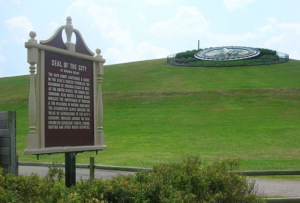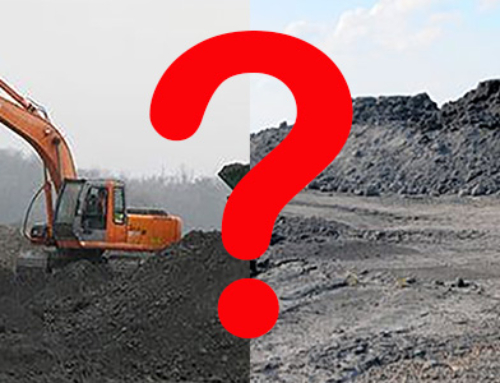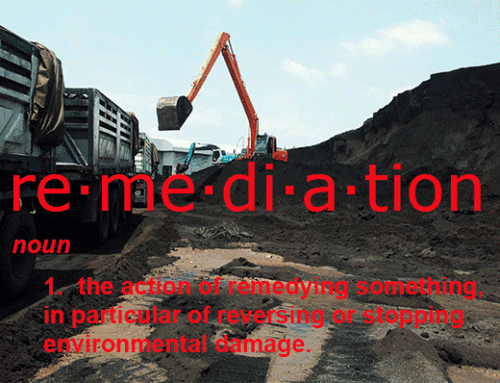When a landfill nears the end of its useful life, all the people it affects — its owners, government officials, nearby residents, and developers — need to come together to develop a plan for the future.
No homeowner ever chooses to have a landfill in their backyard, and many fight hard to prevent it. Yet all that solid waste has to go somewhere. For those who end up living near such disposal facilities, a great consolation lies in knowing there’s a long-term strategy in place to transform the eyesore back into a productive space that will benefit the community.
One example of former waste sites which are now clean, green, and open to the community.
MOUNT TRASHMORE PARK, VIRGINIA
The name says it all – what was once one of the largest landfills in the US is now a beautiful park. Covered with clean soil, Mount Trashmore Park houses picnic areas, playgrounds, a basketball court, and skating park. While it is not a nature reserve, Mount Trashmore Park gets a thumbs up for its green design and completely self-sustaining, low-water garden.

Landfill reclamation projects can offset some of the costs associated with the closing of an old landfill, and even help turn a profit. Another landfill in Massachusetts has been converted into a profit-making venture. The town of Marlborough, Mass., earned $400,000 when it signed a 10-year lease that will turn its dump into a driving range, which will be fully constructed and operated by a private company.
Recreational space in urban areas has always been scarce. Urban landfill conversions are especially attractive due to intense pressure for land uses and, in some cases, available capping materials made available by safeBERM®, safeSTORAGE® and safeREUSE™ patented, green solutions can form large excavation and construction projects. By linking a landfill reclamation project with an infrastructure related excavation project that requires the deposition of large volumes of CCR, impacted soils, and other materials; both projects benefit.
True progress in environmental protection can only be achieved when complementary entities join forces and help further mutually beneficial goals.
In the 17th century, the poet John Donne wrote, “No man is an island, entire of itself,” long before protecting the environment was anyone’s concern. But the sentiment expressed back then could not hold any greater truth today when it comes to the advantage of taking a collaborative approach to preserving land through beneficial reuse.





